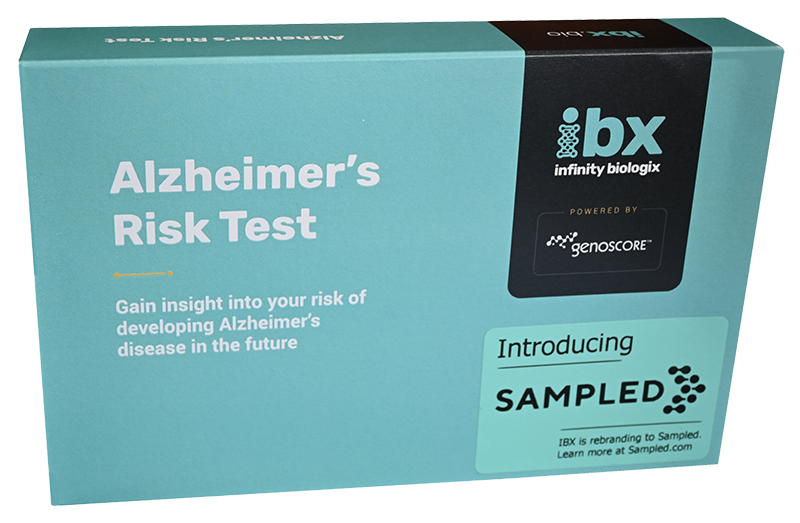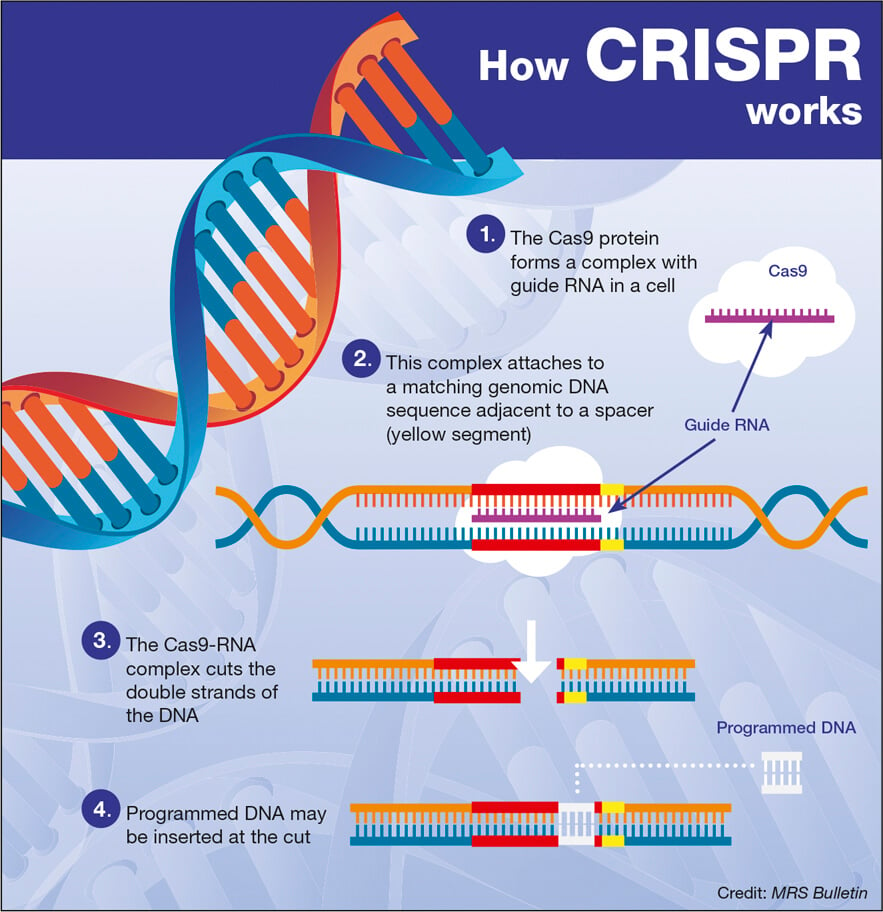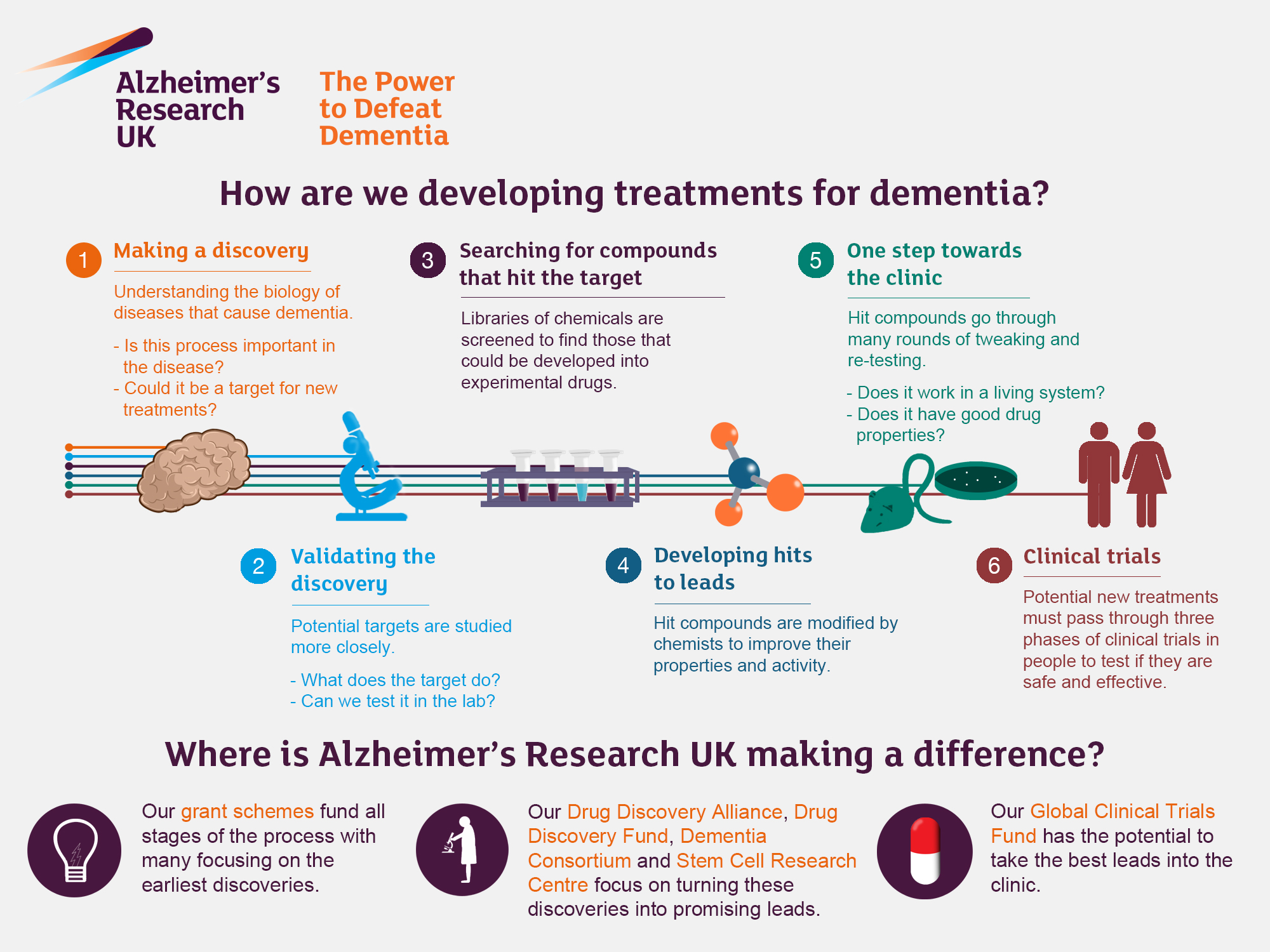Alzheimer’s risk detection has become an urgent priority as researchers strive to identify individuals susceptible to this devastating disease before its symptoms manifest. Recent advancements in the early detection of Alzheimer’s have shown promising results, particularly through the use of innovative olfactory tests that evaluate a person’s ability to recognize and remember smells. Participants in these studies found it easy to complete these home tests, raising exciting possibilities for noninvasive screening methods. The correlation between cognitive impairment signs and olfactory dysfunction presents a significant breakthrough in neurodegenerative disease testing, paving the way for early intervention strategies. This approach not only enhances the understanding of Alzheimer’s pathology but also empowers individuals with the knowledge of their cognitive health status.
Recognizing the potential signs of neurodegenerative disorders is essential for early intervention, especially in relation to Alzheimer’s disease. In this context, assessments of olfactory capabilities can serve as vital indicators, leading to proactive measures before the emergence of pronounced memory issues. Research supports the idea that diminished smell perception is an important factor linked to cognitive decline, and implementing a simple home test for Alzheimer’s could revolutionize how we approach cognitive health. Understanding early cognitive decline symptoms is not just about diagnosis; it’s about equipping individuals with the tools needed for preventative strategies. Overall, exploring these alternative pathways for risk detection exemplifies a shift in how we can effectively combat the onset of Alzheimer’s before it takes hold.
The Importance of Early Detection of Alzheimer’s
Early detection of Alzheimer’s is crucial for effective intervention and management of the disease. Recognizing the symptoms and understanding the risks can empower individuals and families to make informed decisions about health care and lifestyle changes. In recent years, advancements in neurodegenerative disease testing, such as the ability to detect cognitive impairment through olfactory tests, offer hope for earlier diagnosis and better outcomes. These methods not only shed light on potential risks but also facilitate proactive health measures that can slow down the progression of symptoms.
Moreover, by identifying signs of cognitive decline before they progress, healthcare providers can begin appropriate treatments sooner. This is particularly relevant for Alzheimer’s as the disease often remains undiagnosed until significant memory loss occurs. Early intervention can greatly enhance quality of life, allowing for planning and support systems to be established while the patient is still capable of participating in decision-making.
Understanding Olfactory Tests for Alzheimer’s Risk Detection
Researchers are excited about the potential of olfactory tests as a noninvasive method for Alzheimer’s risk detection. These tests evaluate a person’s ability to identify, distinguish, and remember specific odors, which can serve as a reliable indicator of cognitive function. Studies have shown that individuals with mild cognitive impairment tend to perform poorly on these tests compared to their cognitively healthy counterparts, suggesting that olfactory dysfunction may serve as an early sign of neurodegenerative diseases such as Alzheimer’s.
The development of at-home tests has further democratized access to early diagnosis, allowing individuals to assess their cognitive health in a familiar environment. This testing methodology not only makes the process more comfortable for participants but also opens pathways for regular monitoring and documentation of any changes in cognitive status over time. By integrating these tests into routine health check-ups, practitioners can better pinpoint at-risk patients and initiate preventive measures.
Cognitive Impairment Signs and Home Testing Solutions
Recognizing cognitive impairment signs is essential for timely intervention in Alzheimer’s disease. Symptoms can manifest subtly, often starting with memory lapses or difficulty in performing familiar tasks. As the disease progresses, more prominent signs emerge, including confusion about time or place, and challenges in verbal communication. Home tests, such as olfactory assessments, empower individuals to track these signs independently, facilitating earlier consultations with healthcare professionals.
Home-testing solutions for Alzheimer’s not only alleviate the stress associated with clinical visits but also encourage proactive health behaviors. By using simple methods like the olfactory test, individuals can engage directly in their health management. When combined with conventional methods, such as memory assessments and regular cognitive evaluations, these innovative home tests can provide a detailed picture of one’s cognitive health and overall well-being.
Exploring the Connection Between Smell and Cognitive Health
The link between olfactory function and cognitive health has become a focal point in Alzheimer’s research. Studies suggest that a decline in the ability to smell may precede visible cognitive decline, making it a valuable early indicator. This relationship highlights the importance of incorporating olfactory tests into routine screenings for Alzheimer’s, especially for individuals who may already exhibit other cognitive impairment signs.
By understanding how olfactory dysfunction relates to conditions like Alzheimer’s and Parkinson’s, researchers can build a more comprehensive approach to neurodegenerative disease testing. The nuances of this connection can provide insights not only into risk assessment but also into potential new avenues for treatment focused on sensory rehabilitation or supportive therapies.
The Role of Language in Alzheimer’s Home Testing
Language can significantly affect how cognitive impairment is identified and managed, particularly in diverse populations. The olfactory tests developed by researchers at Mass General Brigham have been designed to accommodate both English and Spanish speakers. This inclusivity ensures that language barriers do not hinder access to vital cognitive health assessments and interventions.
As the prevalence of Alzheimer’s increases globally, it is essential that home tests and cognitive assessments are accessible to all individuals, regardless of language proficiency. Future studies may further explore tailored approaches in various languages, strengthening community health outreach efforts and supporting earlier diagnoses among diverse groups.
Advancements in Neurodegenerative Disease Testing
Advancements in neurodegenerative disease testing have transformed the landscape of cognitive health management. With innovative tools like olfactory tests gaining traction, researchers can identify individuals at risk of Alzheimer’s much earlier than was previously possible. This proactive approach to testing is crucial for mitigating symptoms and improving quality of life for those affected by cognitive decline.
As these testing methods become more established in clinical and home settings, they pave the way for ongoing research into new treatment modalities. Understanding the biological underpinnings of olfactory dysfunction in neurodegenerative diseases can open new doors for therapeutic interventions, emphasizing the importance of continued investment in research and development.
Building Awareness Around Alzheimer’s Risk Detection Tools
Building awareness around Alzheimer’s risk detection tools is imperative in today’s health landscape. The introduction of at-home olfactory tests represents a significant step forward, but widespread knowledge and adoption of these tools remain critical. Education campaigns can help demystify the early signs of cognitive impairment and the importance of early detection, empowering individuals to advocate for their own health.
Furthermore, healthcare professionals play a vital role in promoting these detection tools during routine check-ups. By integrating discussions around cognitive health and available testing methods into patient consultations, providers can encourage preventative measures early on, setting the stage for better health outcomes as individuals age.
Future Research Directions in Alzheimer’s Detection
The future of Alzheimer’s detection looks promising, especially with the continuous evolution of testing methods. Researchers like Mark Albers and his team are eager to explore how olfactory testing can serve not just as a diagnostic tool but also as a means to monitor cognitive decline over time. Future studies may include more extensive patient follow-ups and neuropsychological evaluations, providing a richer dataset to analyze cognitive trajectories.
Additionally, as technology evolves, integrating digital platforms and AI can enhance the effectiveness of Alzheimer’s risk detection. This could allow for real-time monitoring and analysis of olfactory and cognitive data, contributing to a more sophisticated understanding of neurodegenerative diseases and guiding personalized interventions.
The Impact of Lifestyle Factors on Alzheimer’s Risk
Research consistently shows that lifestyle factors significantly impact Alzheimer’s disease risk. Engaging in regular physical activity, maintaining a healthy diet, managing chronic stress, and fostering social connections are critical in lowering the likelihood of cognitive decline. By incorporating these elements into daily routines, individuals may enhance their overall brain health and resilience against neurodegenerative diseases.
Behavioral changes alongside the utilization of home tests can lead to synergistic benefits. For instance, an individual alerted to cognitive impairment signs through an olfactory test may be motivated to adopt healthier lifestyle choices, which, in turn, could slow down the disease’s progression. The interplay of proactive health measures reinforces the importance of an integrated approach to Alzheimer’s risk management.
Frequently Asked Questions
How does the early detection of Alzheimer’s improve patient outcomes?
Early detection of Alzheimer’s is crucial as it allows for timely interventions that can slow disease progression and enhance the quality of life for patients. Techniques such as olfactory tests can help in identifying cognitive impairment signs before significant memory symptoms appear, providing opportunities for early treatment and support.
What is the olfactory test for Alzheimer’s and how does it work?
The olfactory test for Alzheimer’s involves participants sniffing odor labels on a card to evaluate their ability to identify, discriminate, and remember various smells. Research indicates that older adults with cognitive impairment score lower on these tests, making it a potential tool for early detection of cognitive decline related to Alzheimer’s.
Can a home test for Alzheimer’s effectively identify those at risk?
Yes, a home test for Alzheimer’s, like the olfactory test developed by researchers at Mass General Brigham, can effectively identify individuals at risk of Alzheimer’s. These noninvasive tests allow older adults to assess their olfactory function conveniently from home, which correlates with cognitive health.
What are the common cognitive impairment signs that may indicate Alzheimer’s risk?
Common cognitive impairment signs that may indicate Alzheimer’s risk include difficulty remembering recent events, trouble with language, impaired judgment, and a noticeable decline in the ability to perform familiar tasks. Being aware of these signs can prompt individuals to seek early testing for Alzheimer’s.
How does olfactory dysfunction relate to Alzheimer’s disease?
Olfactory dysfunction, or a diminished sense of smell, has been linked to Alzheimer’s disease as it can serve as an early warning sign. Research suggests that individuals experiencing olfactory issues may be at an increased risk for cognitive decline and neurodegenerative diseases such as Alzheimer’s.
What is the significance of neurodegenerative disease testing in relation to Alzheimer’s?
Neurodegenerative disease testing is significant for early detection of Alzheimer’s as it helps in identifying cognitive impairment before full-blown symptoms develop. Tests like the olfactory test can offer insights into an individual’s risk, allowing for earlier management strategies in relation to Alzheimer’s.
Are there specific populations that benefit most from Alzheimer’s risk detection tests?
Yes, older adults and individuals reporting cognitive complaints are populations that benefit significantly from Alzheimer’s risk detection tests. These groups can particularly gain from early detection methods like olfactory testing to identify potential cognitive decline early.
How reliable are home tests for Alzheimer’s in predicting cognitive decline?
Home tests for Alzheimer’s, including olfactory tests, have shown promising results in predicting cognitive decline. While they are not definitive diagnostic tools, they can effectively hint at cognitive impairments, allowing for further evaluation and monitoring by healthcare professionals.
| Key Point | Details |
|---|---|
| Research Development | Mass General Brigham developed at-home olfactory tests for Alzheimer’s risk detection. |
| Testing Method | Participants sniff odor labels on a card to assess their olfactory skills. |
| Target Group | Tested on older adults with cognitive impairments and cognitively normal adults. |
| Results | Impaired olfactory memory and discrimination were noted in older adults with mild cognitive impairment. |
| Future Implications | Olfactory testing could predict cognitive decline and assist in clinical research. |
Summary
Alzheimer’s risk detection is vital for proactive intervention in cognitive impairments. Recent studies have shown that olfactory tests can serve as an early warning signal for Alzheimer’s disease, allowing individuals to be identified years before symptoms occur. The development of noninvasive, at-home tests marks a significant advancement in early detection techniques. With ongoing research, olfactory testing holds promise not only in identifying those at risk but also in enhancing the understanding of neurodegenerative diseases and informing future treatment strategies.



